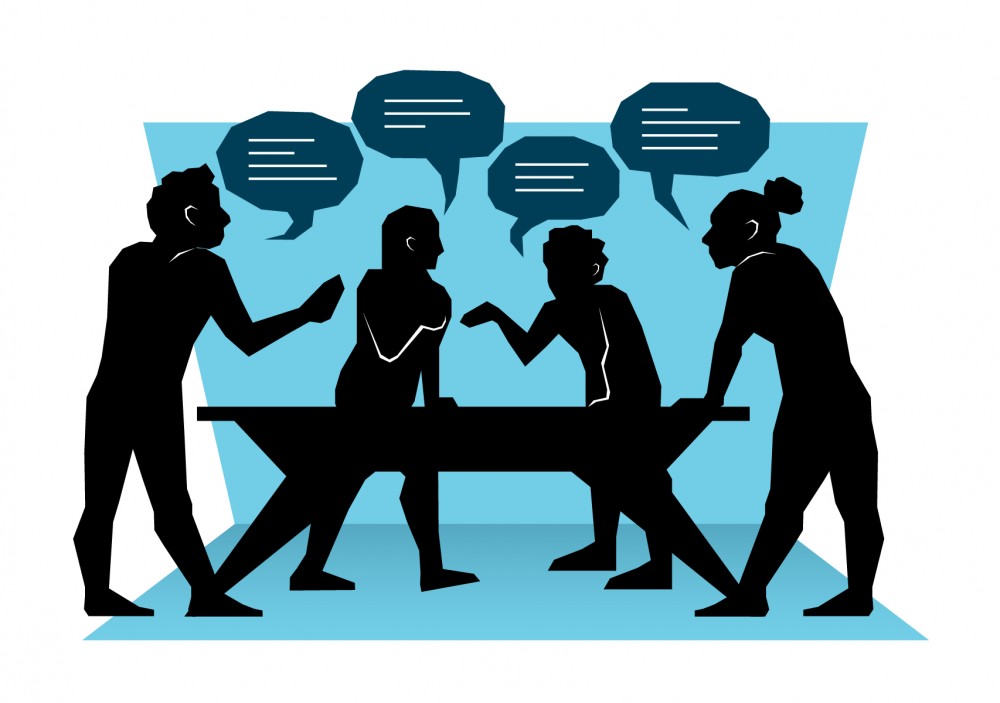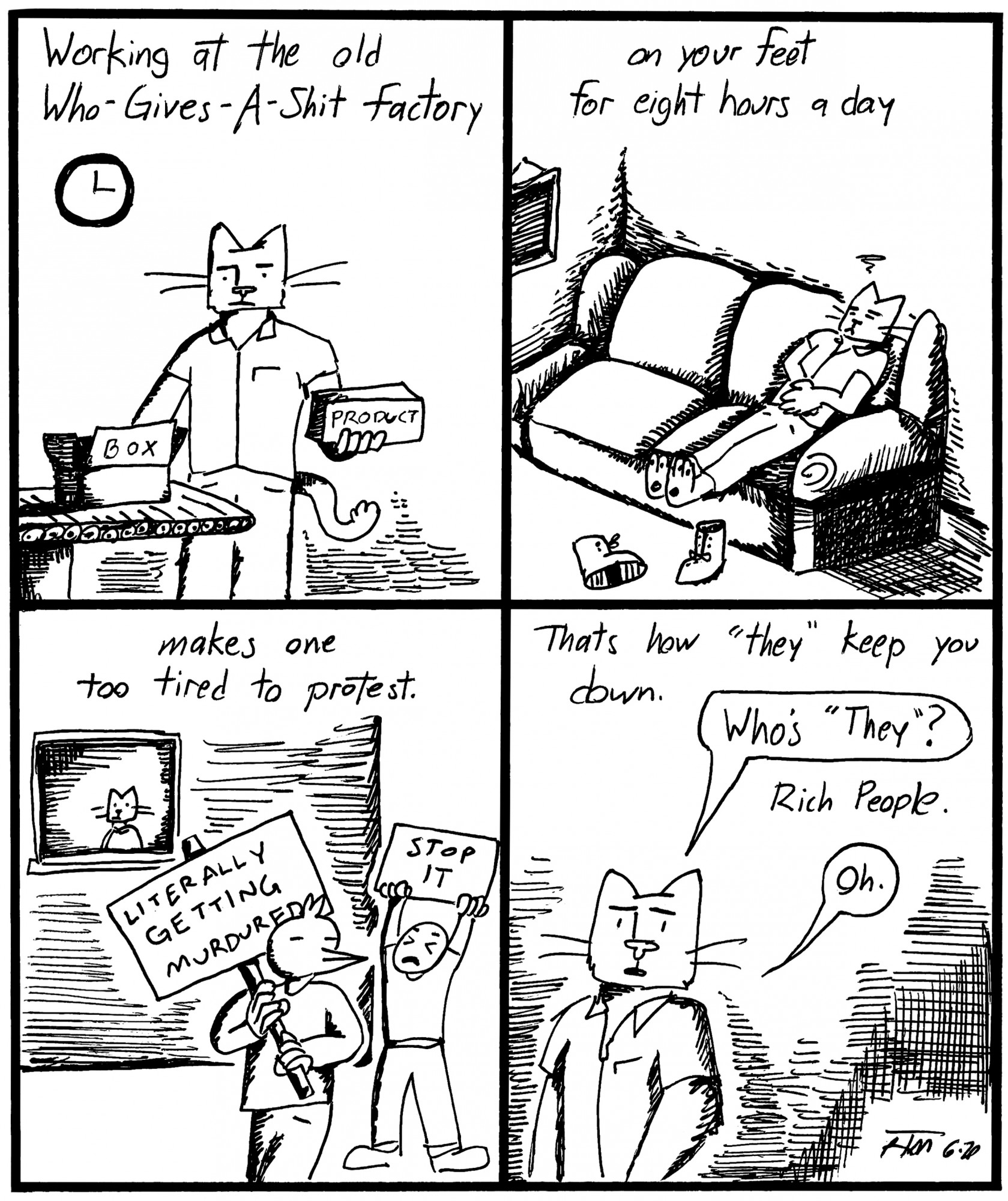On April 17, 2020, an estimated 800 people stood outside of Gov. Tim Walz’s house in St. Paul to protest his stay-at-home order, which was meant to slow the spread of COVID-19 across Minnesota.
Whether people were protesting because they want to reopen the economy, sit down at their favorite restaurant again or get a haircut, the unfortunate reality is that COVID-19 isn’t going to apologize for its damage and leave us alone.
With this in mind, gathering closely together with hundreds of other people is incredibly dangerous and will harm far more people than it has helped. The protestors’ choice to not only put themselves at risk, but also anyone they come in contact with in the future, directly or indirectly, was selfish, and will come with dire consequences. They are remaining willfully ignorant, and either don’t believe in the danger of this virus or are trying to convince themselves that they’re invincible.
Peaceful assembly is a right guaranteed by the First Amendment, one that allows citizens to hold their government accountable. But this assembly has horrible potential outcomes, ones that could cost lives and at no fault of their own. Though it isn’t physically violent, is that form of protesting actually peaceful?
The stay-at-home order has crippled many businesses, and there is nothing that can be said that will soothe the harm that has been done. But choosing the “lesser of two evils” that will inevitably lead to thousands of deaths is one option that many have considered, Rep. Trey Hollingsworth (IN-R) being one of them.
“It is policymakers’ decision to put on our big boy and big girl pants and say this is the lesser of these two evils, and it is not zero evil, but it is the lesser of these evils, and we intend to move forward in that direction,” Hollingsworth said on WIBC’s Tony Katz show.
Putting the economy above human lives isn’t ethical. Measures are being put in place to reopen the economy slowly, in a way that will still keep people safe. No one enjoys being stuck inside, but that isn’t an excuse to gather with more than 800 people in someone’s front yard.
Also, it’s inappropriate to compare the quarantine to Anne Frank’s situation or being in prison. Social media posts with this mindset have begun to surface, but here we are, not in prison, just at home. We still have the right to go outside, get food delivered and vote. Anne Frank hid from Nazis for two years. Having to watch Netflix for hours instead of doing homework is not the same. Even having a home to watch Netflix in is a privilege. For the more than 500,000 people in the U.S. who are homeless, access to basic needs like shelter, food and clean water have been cut off due to government closures or COVID-19 fears.
And that isn’t to say that people aren’t struggling while staying home. Your experience, whether it be good or bad, isn’t something to brush off. This is an extremely difficult and traumatic time. But that doesn’t mean someone else doesn’t have it or hasn’t had it far worse. This doesn’t invalidate how people feel, it’s just a reality check. Some people will continue on as normal once quarantine has ended. Others will not have that option.
As of Monday, April 27, about 20,000 businesses in Minnesota have the option to reopen. Maybe the protestors did cause some change, or maybe Walz and local business owners were already working toward a reopening plan. Whatever the case, keeping a physical distance outside the home is still important. While you may not be at as high a risk of serious complications from COVID-19, plenty are. They are why we stay home.









